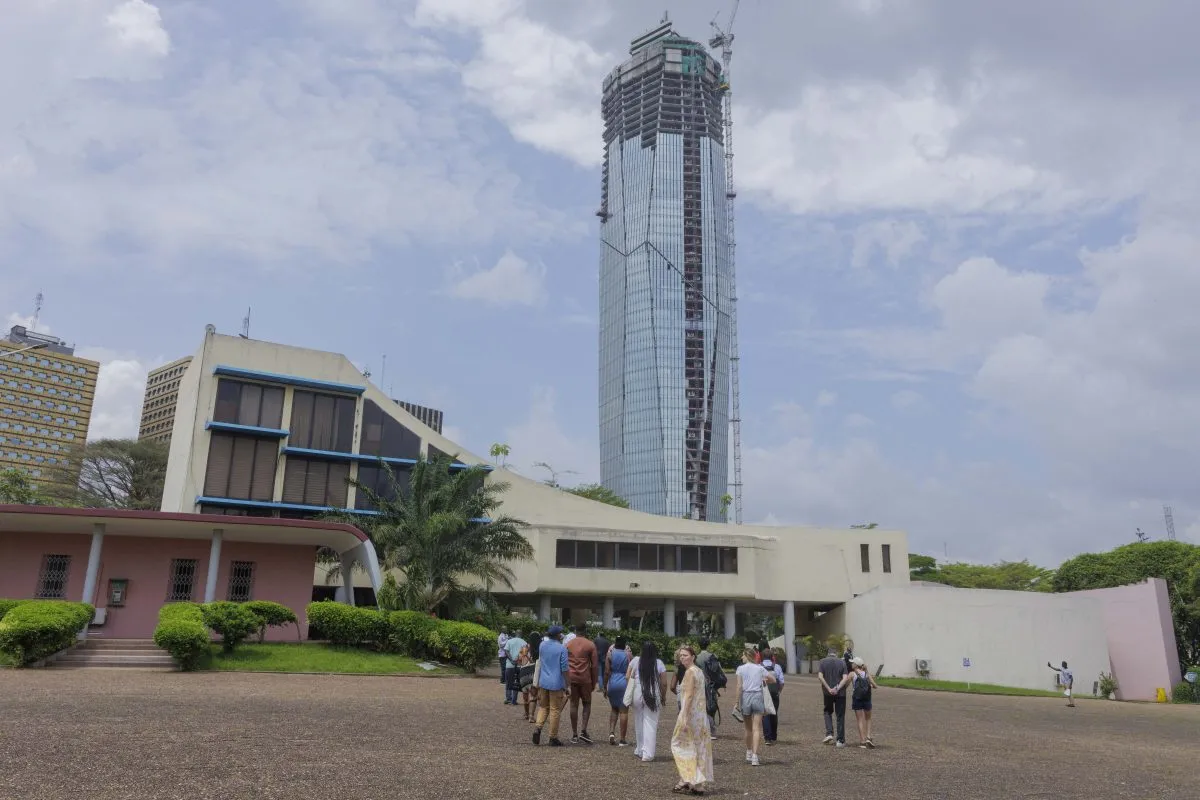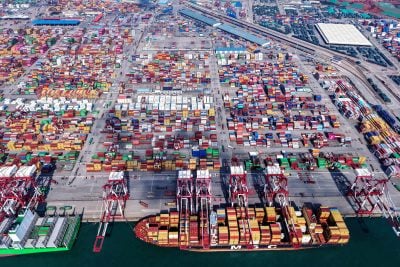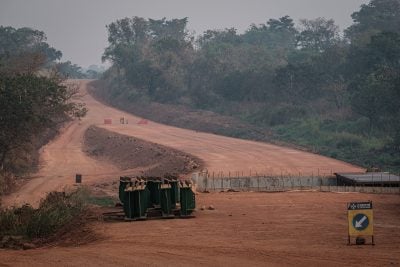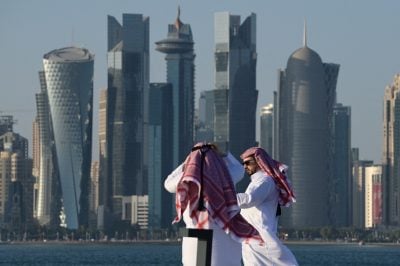Côte d’Ivoire is on track to further reduce its fiscal deficit this year, signalling the growing effectiveness of economic reforms aimed at boosting domestic revenues and promoting efficient public spending in the world’s largest cocoa producer, the International Monetary Fund (IMF) says.
The IMF, which in December disbursed $808.5m to the West African nation as part of an existing programme, projects that the fiscal deficit will fall to 3% of GDP in 2025, down from 4% last year, 5.2% in 2023, and 6.8% in 2022.
Measures such as the abolition of tax exemptions, the digitalisation of administrative processes, and rationalisation of public spending have improved Côte d’Ivoire’s debt sustainability, the Fund notes.
Meanwhile, the country’s GDP growth has averaged 6.4% over the past decade – well above the continental average – while inflation has hovered around 2.2%. This strong economic performance comes at a time when many African economies are grappling with high debt, high inflation and slow growth in the wake of multiple global shocks.
The IMF has urged policymakers in Abidjan to sustain the pace of structural reforms, especially efforts to broaden the tax base and improve domestic resource mobilisation.
“Domestic revenue mobilisation is key to creating the fiscal space needed to meet Côte d’Ivoire’s high-priority social protection and infrastructure needs, such as education, health, and transportation,” Olaf Unteroberdoerster, IMF mission chief, told IMF Country Focus.
“These efforts have also been instrumental in preserving Côte d’Ivoire’s rating as a “moderate” debt-distress risk and, more broadly, in enabling the country to maintain one of the best credit ratings in sub-Saharan Africa,” he added.
Economic diversification
The surge in global cocoa prices last year prompted the government to raise the official cocoa farmgate price to a record 1,500 CFA francs ($2.38) per kilogram. This boosted export earnings and farmers’ income, acting as a powerful tailwind to the Ivorian economy.
However, commodity price cycles cut both ways and the country needs to ramp up efforts to diversify the economy and hedge against volatility in cocoa prices, Salifou Coulibaly, assistant professor of economics at ENSEA in Abidjan, tells African Business.
“As the world’s largest cocoa supplier, accounting for 40% of global output, Côte d’Ivoire is vulnerable to international price fluctuations, which directly affect farmers’ production decisions and government revenues,” he says.
“To mitigate these risks, the government is pursuing an ambitious plan to increase domestic processing of raw cocoa beans. Recent data shows a growing contribution of the manufacturing and services sectors to GDP, signalling progress in economic diversification.”
Coulibaly argues that Côte d’Ivoire also needs to tackle the high level of informality within its economy. The informal sector is estimated to account for as much as 80% of the Ivorian economy.
However, employment in the sector is difficult to measure, often involves precarious working conditions, and sometimes fails to meet minimum wage criteria. Collecting taxes from the sector also presents daunting administrative and political challenges.
“Informal employment remains a challenge. While raising the minimum wage could help, innovative approaches are needed to integrate more workers into the formal sector and enhance fiscal revenues,” Coulibaly says.
Overall, Coulibaly remains optimistic about the country’s economic outlook, citing the steady growth in incomes and consumption in recent years.
“Côte d’Ivoire’s GDP per capita has doubled over the past two decades, elevating the country to middle-income status. This progress has fuelled the rise of a vibrant middle class, which is now a key driver of domestic consumption,” he says.
Climate challenge
However, climate change poses a significant threat to long-term growth, he warns. The country’s heavy reliance on agriculture and the concentration of its industrial and service activities in coastal zones make the economy particularly vulnerable to changing weather patterns and rising sea levels.
“The southern coastal regions face damage from rising sea levels, while the northern regions experience persistent droughts that disrupt agriculture and displace communities,” he notes.
“The government is taking proactive steps to combat climate change. Recent initiatives include a green investment plan and efforts to attract international green funds.”
Want to continue reading? Subscribe today.
You've read all your free articles for this month! Subscribe now to enjoy full access to our content.
Digital Monthly
£8.00 / month
Receive full unlimited access to our articles, opinions, podcasts and more.
Digital Yearly
£70.00 / year
Our best value offer - save £26 and gain access to all of our digital content for an entire year!


 Sign in with Google
Sign in with Google 





